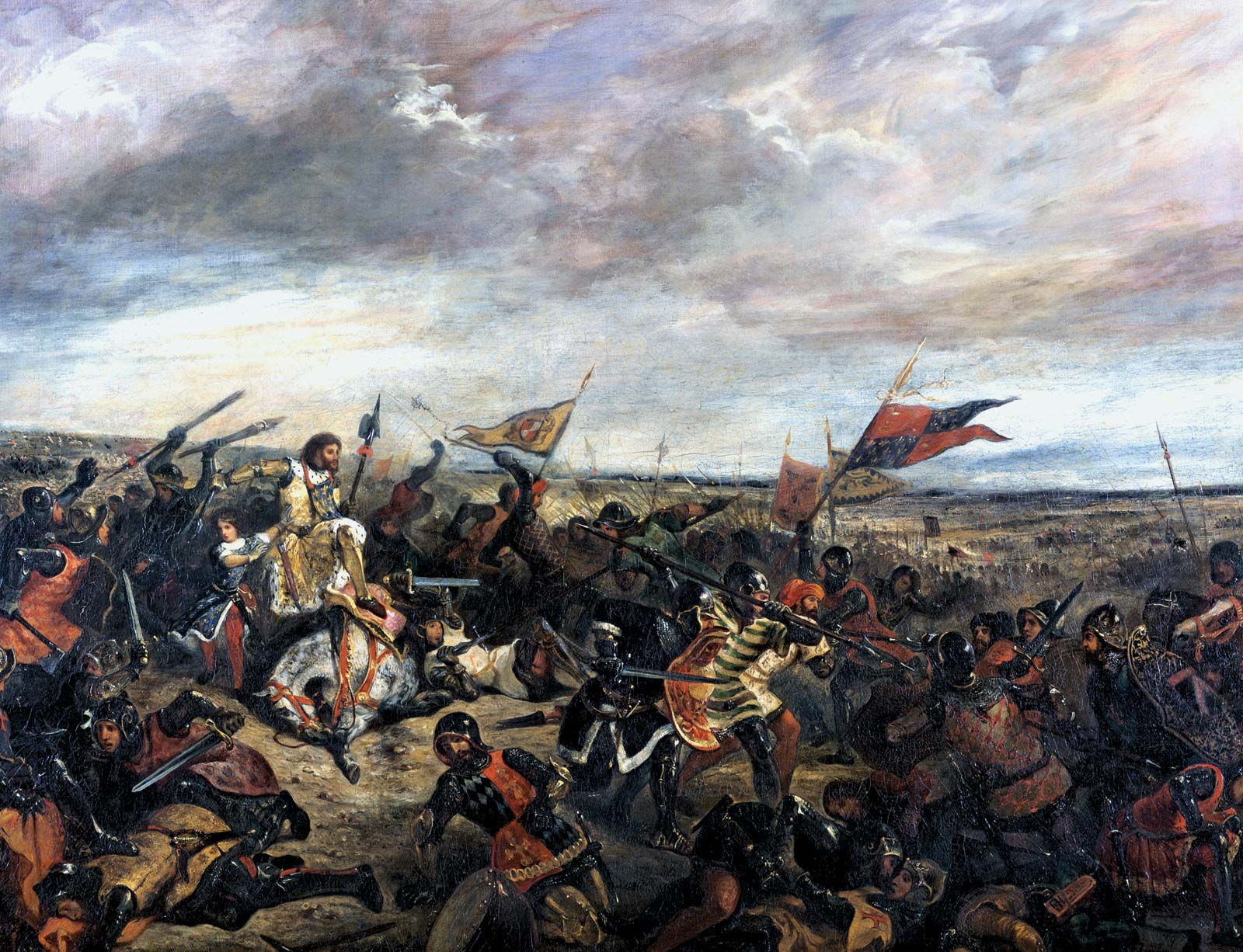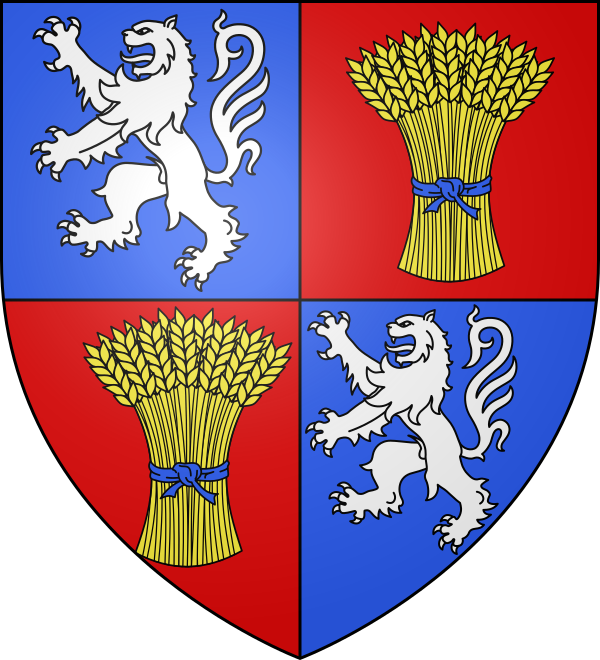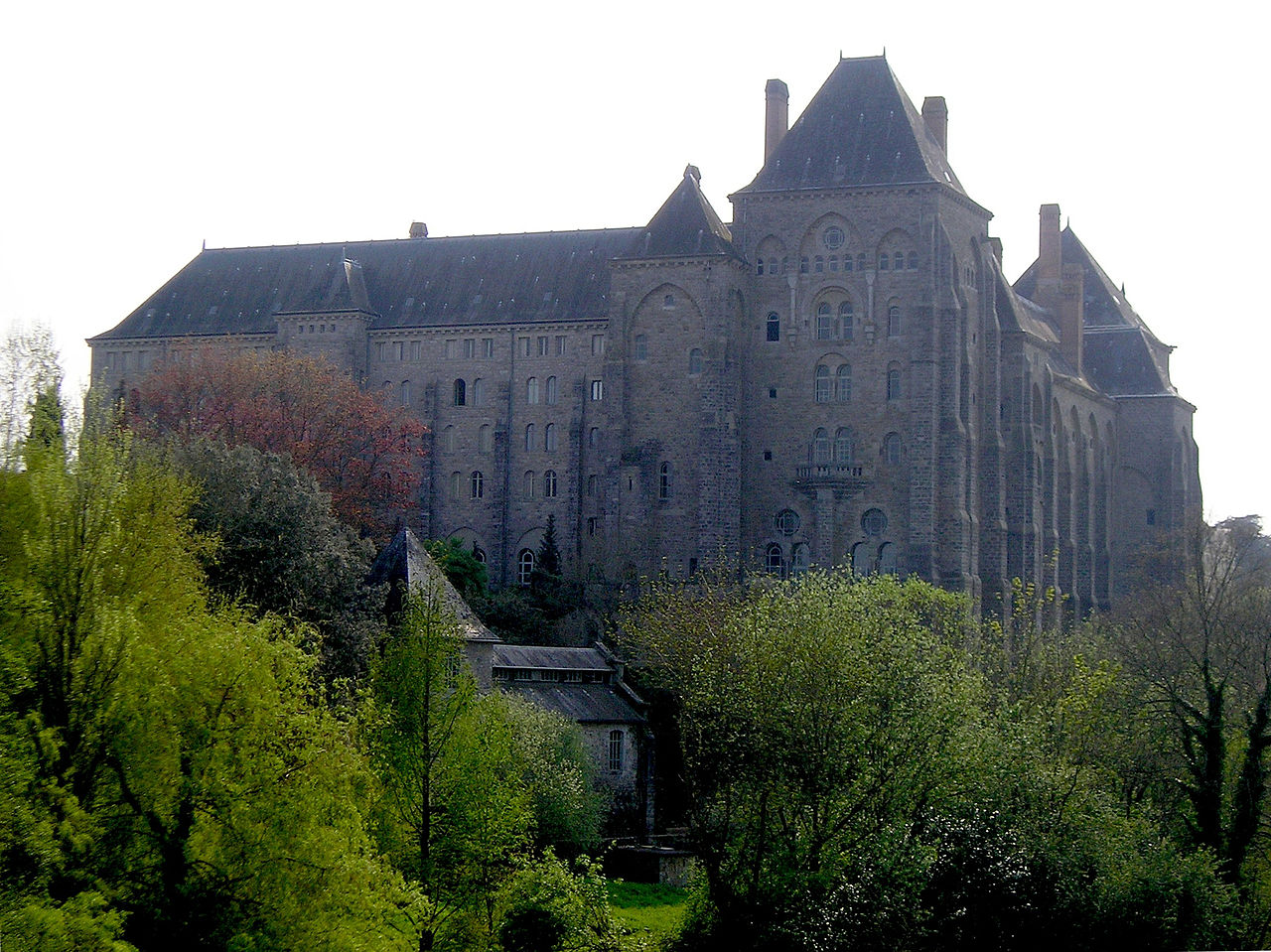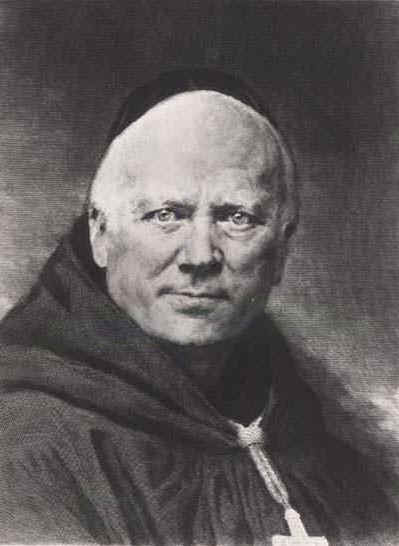Text from The Saint Andrew Daily Missal,
unless otherwise stated.
Saint Thecla.
Virgin and Martyr.
Simple.
Red Vestments.
Saint Thecla.
Virgin and Martyr.
Illustration: CATHOLIC HARBOR OF FAITH AND MORALS
"In Lycaonia," says The Roman Martyrology," Saint Thecla, Virgin and Martyr, who, brought to The Faith by The Holy Apostle Paul, at Iconium (Asia Minor), victoriously underwent the torments of flames and wild beasts, under the Emperor Nero". Having recovered, she died in peace at Seleucia.
Mass: Loquébar.

English: Saint Thecla (Mar Takla) Monastery, Ma'loula, Syria.
Français: Vue du monastère de Sainte-Thècle (Mar Takla), Maaloula, Syrie.
Photo: 1 April 2010.
Source: Own work.
Author: Bernard Gagnon.
(Wikimedia Commons)
unless otherwise stated.
Thecla or Tecla (Ancient Greek: Θέκλα, Thékla) was a Saint of The Early Christian Church, and a reported follower of Paul the Apostle. The earliest record of her life comes from the ancient apocryphal Acts of Paul and Thecla.
The Acts of Paul and Thecla is a 1st- or 2nd-Century A.D. Text, which forms part of The Acts of Paul, but also circulated separately. According to the Text, Thecla was a young noble Virgin from Iconium, who listened to Paul's "discourse on Virginity", espoused the teachings and became estranged to her fiancé Thamyris and her mother. They became concerned Thecla would follow Paul's demand, "one must fear only one God and live in chastity", and turned to the authorities to punish both Paul and Thecla.
Thecla was miraculously saved from burning at the stake by the onset of a storm and travelled with Paul to Antioch of Pisidia. There, a nobleman named Alexander desired Thecla and attempted to take her by force. Thecla fought him off, assaulting him in the process, and was put on trial for assaulting a nobleman. She was sentenced to be eaten by wild beasts, but was again saved by a series of Miracles when the female beasts protected her against her male aggressors. While in the arena, she Baptised herself.
She rejoined Paul in Myra, and travelled to preach The Word of God and became an icon encouraging women to also live a life of chastity and follow The Word of The Lord. She went to live in Seleucia, Cilicia. According to some versions of The Acts, she lived in a cave there for seventy-two years. Becoming a healer, the Hellenistic physicians in the City lost their livelihood and solicited young men to attack her. As they were about to take her, a new passage was opened in the cave and the stones closed behind her. She was able to go to Rome.

THE SAINT ANDREW DAILY MISSAL
THE SAINT ANDREW DAILY MISSAL
Available (in U.K.) from
Available (in U.S.A.) from

























